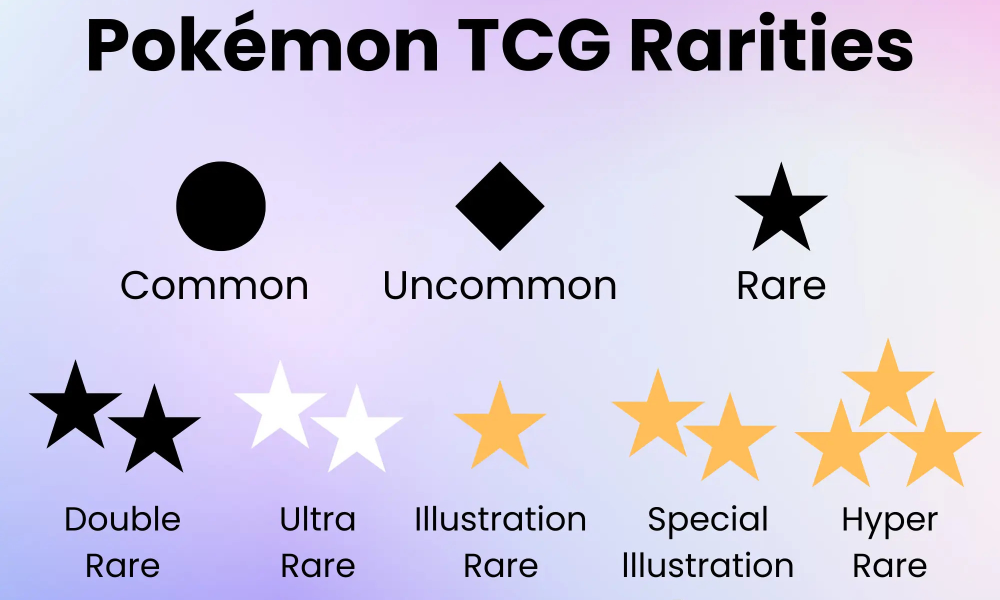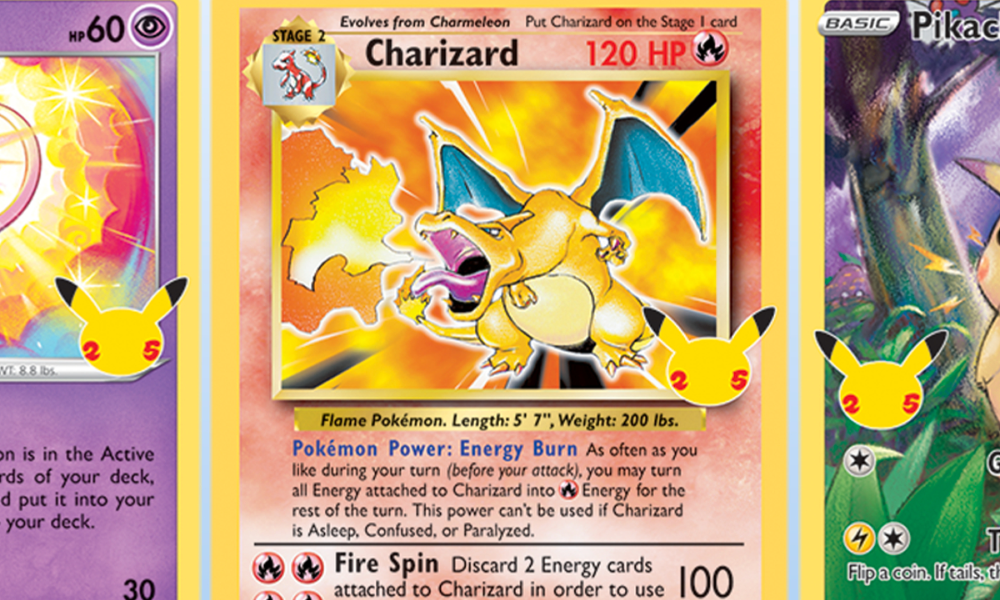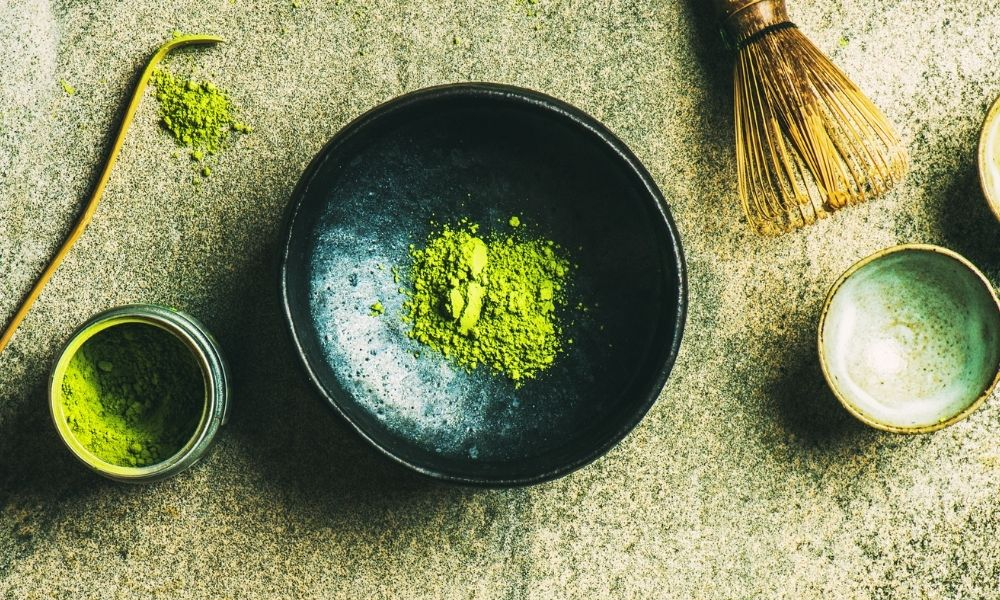If you’ve traveled to Japan, there’s one thing you absolutely need to buy—Pokémon Cards! Not only are they an iconic part of Japanese pop culture, but they’re also incredibly affordable. The price for each pack is just 150 yen (1.06 USD).
There are six convenience store chains in Japan where you can buy Pokémon Cards:
- 7-Eleven
- Lawson
- FamilyMart
- Mini Stop
- Daily Yamazaki
- Seicomart
However, availability can vary from store to store. So it’s important to check if the specific location you visit stocks Pokémon cards.
Pokémon Card Search: How It Works, Risks, and Precautions
Pokémon cards, also known as “PokéCards”, have captured the hearts of fans worldwide for many years. Many enthusiasts eagerly open packs to find their favorite Pokémon or rare cards with low pull rates. However, some buyers use a technique called “searching” to determine if a pack contains a rare card without opening it. Some people exploit this method for reselling, causing issues in the Pokémon card community.
In this article, we’ll dive into the world of Pokémon card searching, explaining how it works, and the risks involved. Whether you’re a fan or just getting into collecting, it’s essential to be aware of these issues to enjoy PokéCards without falling victim to unfair practices.
What is Pokémon Card Search?
Pokémon card search, or “searching,” refers to the act of identifying whether a Pokémon card pack contains rare cards without opening it. Typically, stores sell sealed PokéCard packs containing five randomly selected cards. As the contents of each pack are unknown until opened, part of the excitement comes from the surprise of discovering what cards you receive—especially rare ones.
How is Pokémon Card Searching Possible?
The primary difference between rare and normal cards lies in the special treatment given to the illustrations on rare cards. Normal cards feature only colored illustrations, while rare cards are adorned with holographic borders or rainbow-shimmering images. Although rare cards come in various types, you can usually spot any card with glitter or shine at first glance.
Using a Precision Scale
Rare cards have an extra layer of glitter or holographic processing that adds slight weight to them. By using a precision scale that can measure differences as small as 0.01 grams, a person can detect the weight difference between packs with rare cards and those without.

Using a Metal Detector
The shiny, holographic coating on rare cards contains small amounts of metal. By using a metal detector, you can scan the pack. If a rare card is inside, the metal detector will beep, revealing the presence of the card without opening the pack.
Pull Rates of Rare Pokémon Cards
PokéCards are categorized by rarity, with different levels of rarity indicating varying pull rates. You can find the rarity of each card represented by letters like “R” or “AR” on the bottom left. Below is a table summarizing the pull rates for different levels of rarity, including updates made to the card system as of December 2022.

Latest Rarity System (Post-December 2022)
| Rarity | Meaning | Pull Rate | Features |
| UR | Ultra Rare | 1 card per 10 boxes | Full gold-foil processing |
| SAR | Special Art Rare | 1 card per 6 boxes | High-art, artistic design |
| SR | Special Rare | 1+ cards per box | Silver border with relief processing |
| AR | Art Rare | 3 cards per box | Gray borders, artistic illustrations |
| RR | Double Rare | 4-5 cards per box | Full illustration with glossy processing |
| R | Rare | 6-7 cards per box | Silver-bordered cards |
| U | Uncommon | 1-2 cards per pack | Higher-tier than Common |
| C | Common | 3 cards per pack | Normal cards |
Since December 2022, certain rarities such as “HR” and “RRR” have been removed, while “SA” was replaced by “SAR.” The Pokémon card series “Scarlet & Violet” carries forward these changes, and for now, these eight rarities will remain standard.
Old Rarity System (Before December 2022)
| Rarity | Meaning | Pull Rate | Features |
| UR | Ultra Rare | 1 card per 10 boxes | Full gold-foil processing |
| HR | Hyper Rare | 1 card per 5 boxes | Full rainbow-foil processing |
| SA | Special Art | 1 card per 4 boxes | High-art, artistic design |
| SR | Special Rare | 1+ cards per box | Silver border with relief processing |
| RRR | Triple Rare | 2-3 cards per box | Luxurious glossy, relief processing |
| RR | Double Rare | 4-5 cards per box | Full illustration with glossy processing |
| R | Rare | 6-7 cards per box | Silver-bordered cards |
| U | Uncommon | 1-2 cards per pack | Higher-tier than Common |
| C | Common | 3 cards per pack | Normal cards |
As seen in both systems, the top three rarities have notably low pull rates, making them highly sought after by collectors for their rarity and artistic beauty.
Risks and Dangers of Pokémon Card Searching
While PokéCard searching might seem like a clever trick to find rare cards, it poses several risks and issues. It’s important to understand these dangers, whether you’re conducting the search yourself or simply buying PokéCards.
Misconduct and Business Interference
Many consider searching Pokémon card packs in stores before purchase a nuisance, and recently, numerous reports have surfaced about people hoarding packs believed to contain rare cards. Some stores have begun posting signs that prohibit searching, and they often sell Pokémon cards at checkout counters to deter this behavior. Searching in stores could be viewed as business interference, and intentionally damaging packs while searching might even result in vandalism charges
Buyer Beware: “Searched” Packs May Be a Scam
Even if you don’t search Pokémon cards yourself, it’s important to be aware of scams. Many online sellers, especially on platforms like Mercari, advertise “searched” or “rare card guaranteed” packs. Unfortunately, these packs often don’t contain any rare cards, and disputes between buyers and sellers are becoming more common. It’s highly recommended to purchase from official retailers rather than risk buying searched packs from individual sellers.
How to Buy Pokémon Cards Safely
To avoid scams or paying inflated prices, the best way to buy Pokémon cards is to rely on trustworthy retailers. Since June 2023, Pokémon card sets like “Pokémon Card 151” have been sold through lottery systems or made-to-order on official online stores due to their overwhelming demand.
Here are five reputable Pokémon card retailers:
- Surugaya: A recycling chain with stores throughout Japan, specializing in new and used cards.
- Yuyu-Tei: An online shop focusing on card games with over 60,000 successful transactions.
- ToreToku: A trading card specialty store offering convenient mail-in purchases and professional appraisals.
- Torecolo: A store with a long history in the card game industry, offering a variety of cards.
- AmiAmi: A hobby shop that sells various goods, including Pokémon cards, and offers lottery-based preorders.
Please note that all the convenience store chains listed above only provide services in Japanese. Therefore, you may need to use a browser translation tool like Chrome’s translator, or ask a Japanese-speaking friend to help you navigate the process.
Our company also provides Pokémon card purchasing services, and more. Please contact us, if you are interested.
By purchasing through trusted sellers and avoiding scams, you can safely enjoy collecting Pokémon cards and experience the thrill of pack opening without worry.













